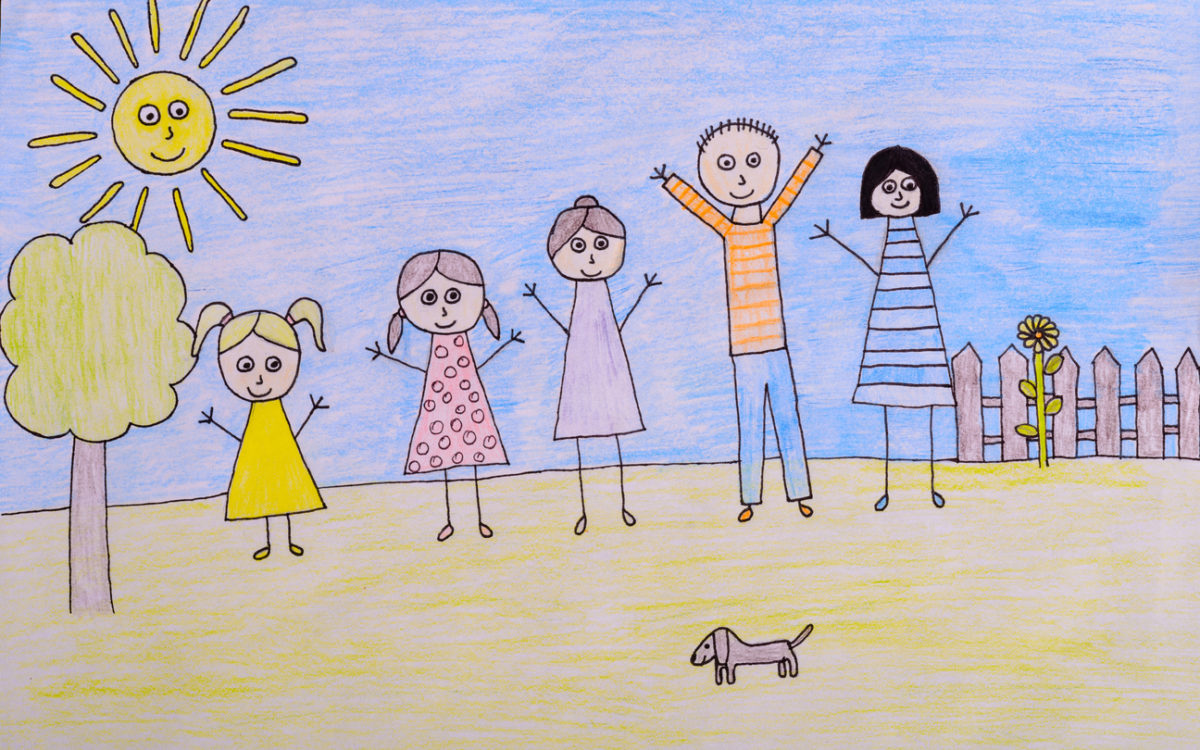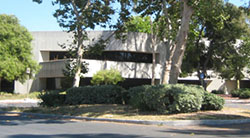
Children start out drawing stick figures, and we view these early pieces of art with a condescending smile, thinking they are cute or maybe a little confusing. But we realize the children are just experimenting with crayons or pencils and just having fun. They really aren’t trying to show us anything in particular.
Or are they?
And we really can’t tell what they are thinking or feeling. We don’t know if they are just passing the time or trying to make a statement of some kind.
Or maybe we can?
Stick figures are more than they seem. While they appear to be minimal representations of our children’s outlook on life, they can, in fact, tell us a great deal about how our children feel, what they are thinking, how they see the world in which they live, how they see others, and how smart they might be.
All this comes from a few stick figures. They can give us clues to intelligence, creativity, and even conditions like autism. Recent research has led to the observation that autistic children can communicate better with us (and we with them) through the use of stick figures. And there is sound reasoning behind this theory.
Stages of Drawing
NewKidsCenter is an online resource for moms, pregnancy,and parenting, and a recent article of theirs discussed the drawing stages of children and what we can learn from them.
According to this source, there are three stages of drawing for a child: scribbling, pre-schematic, and schematic.
The scribbling stage reflects mostly just marks on a page. But in reality, we can sometimes see certain shapes or drawings or symbols in what appears to be those simple marks.
In the pre-schematic stage, children try to draw things they see like faces, cars, trees,and houses. They draw stick figures for people and pets. They may add elements to give a personal touch like flowers in gardens or clothes on stick figures.
The schematic stage starts to show many details where a child may use words and clever shapes. They draw realistically according to their skills and often try to tell a story with their drawings.
Take Another Look at Those Stick Figures
Sometimes kids just want to have fun, and their stick figures are just that. But other times, they can reveal inner thoughts and feelings that we can surmise by taking a closer look.
We can be over-analytical and draw too much from what we see. So, it’s always a good idea, if we sense something, to ask the child what the people in the picture are doing and how are they feeling? This will allow the child to speak through the stick figures much like using a puppet to reveal his or her own feelings and perceptions.
What can these figures tell us? Position on the page is one clue. Drawings on the left side possibly indicate looking to the past and a need for nurturing. Those on the right side may indicate a look to the future and a need to communicate or a need for direction. Those at the bottom or “end” of the page may show feelings of inadequacy or insecurity.
Size matters, too. Larger figures reveal more dominance. Smaller figures or those without arms show a non-aggressiveness. Small feet may show a feeling of instability. But these are generalized assumptions, and it is better to talk with your child about the drawings before coming to any possible conclusions.
Children often draw stick figures of family members in a particular order. They often place themselves nearest to the person they feel closest to in the family. If the children draw facial expressions on the figures, that can reveal how the children feel about those people or how they perceive those people to act in their lives.
Details Are Telling
If the children draw something a bit unusual or different, like drawing a person’s head from the side rather than the front, that can indicate a level of giftedness. Gifted children may also add a layer of details like eyelashes or makeup that reveal a higher order of observation.
The child may draw a figure with hands in pockets or a face with freckles. She may draw a neck with a necklace or hand with a ring.
In research in Human Figure Drawing (HFD), these details are referred to as “exceptional items” and might suggest an exceptional child. 30 items have been identified as pointing to giftedness for children aged seven to nine.
Added details on surroundings show more than a representation of what gifted children see. They show an interpretation.
Communicating With Autistic Children Through Stick Figures
Jason H.J. Lu wrote a book called the Eikona Bridge: Live Communication with the Autistic Species in which he discusses the importance of stick figures in communicating with autistic children. He points out that our brains work according to signals they receive, but these are not direct signals. The signals have different contrasts, and we respond accordingly.
For example, it’s hard to think when there is a bright flashlight in our faces. And this is similar to what happens with autistic children who maximize contrast in their sensory and thinking processes. Rather than see what’s relevant to the rest of us, like the people sitting on a lawn in front of their house, autistic people focus on contrasts like the bright green grass and bright blue sky.
On the other hand, when stick figures are used, they are simple, and there is no color contrast. Normal people and autistic people see the same thing. They can communicate better.
So not only can we tell a lot from the stick figures drawn by gifted and autistic children, we can use those figures to communicate with them in a more direct way. We can teach them to focus on people’s faces and on relevant objects.
We need to understand concepts like relevance vs. contrast, representation vs. interpretation, and exceptional items to get a better appreciation for the value of stick figures in our child’s world. And we need to proceed with caution in making any conclusions. There are other actions we can observe that add or subtract from our expectations of giftedness in our children.







0 responses to “What Can We Learn From Kids’ Stick Figure Drawings?”